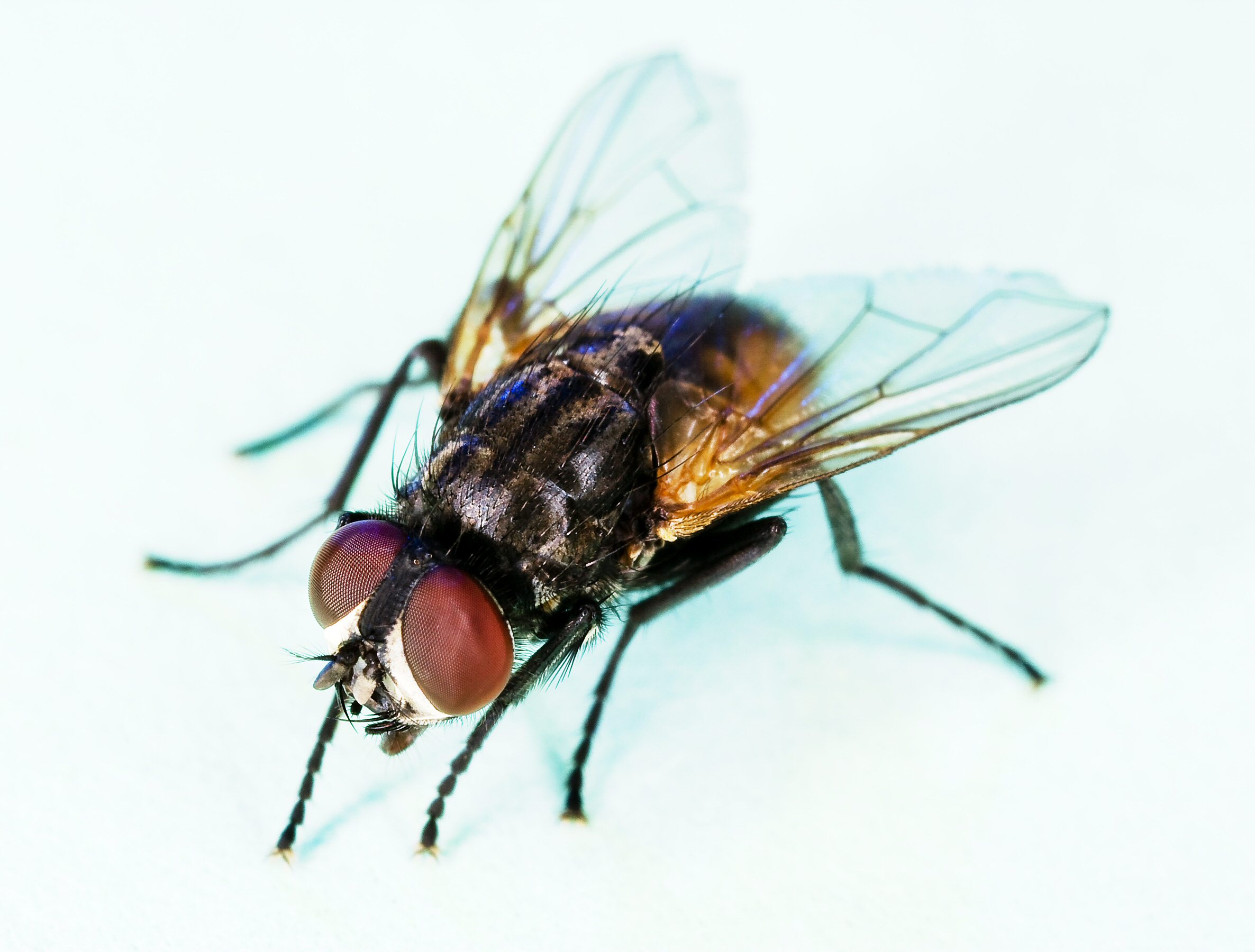|
Cryptopone Testacea
''Cryptopone testacea'', is a species of ant of the subfamily Ponerinae. References External links * * at antwiki.org'Animaldiversity.org Ponerinae Hymenoptera of Asia Insects described in 1893 Taxa named by Carlo Emery {{Ponerinae-stub ... [...More Info...] [...Related Items...] OR: [Wikipedia] [Google] [Baidu] |
Carlo Emery
Carlo Emery (25 October 1848, Naples – 11 May 1925) was an Italian entomologist. He is remembered for Emery's rule, which states that insect social parasites are often closely related to their hosts. Early in his career Carlo Emery pursued a course in general medicine, and in 1872 narrowed his interests to ophthalmology. In 1878 he was appointed Professor of Zoology at the University of Cagliari, remaining there for several years until 1881 when he took up an appointment at the University of Bologna as Professor of Zoology, remaining there for thirty-five years until his death. Emery specialised in Hymenoptera, but his early work was on Coleoptera. Prior to 1869, his earliest works were a textbook of general zoology and papers on fishes and molluscs. From 1869 to 1925 he devoted himself almost entirely to the study of ants. Emery published extensively between 1869 and 1926 describing 130 genera and 1057 species mainly in Wytsman's ''Genera Insectorum'' series. Emery’ ... [...More Info...] [...Related Items...] OR: [Wikipedia] [Google] [Baidu] |
Species
In biology, a species is the basic unit of Taxonomy (biology), classification and a taxonomic rank of an organism, as well as a unit of biodiversity. A species is often defined as the largest group of organisms in which any two individuals of the appropriate sexes or mating types can reproduction, produce Fertility, fertile offspring, typically by sexual reproduction. Other ways of defining species include their karyotype, DNA sequence, morphology (biology), morphology, behaviour or ecological niche. In addition, paleontologists use the concept of the chronospecies since fossil reproduction cannot be examined. The most recent rigorous estimate for the total number of species of eukaryotes is between 8 and 8.7 million. However, only about 14% of these had been described by 2011. All species (except viruses) are given a binomial nomenclature, two-part name, a "binomial". The first part of a binomial is the genus to which the species belongs. The second part is called the specifi ... [...More Info...] [...Related Items...] OR: [Wikipedia] [Google] [Baidu] |
Ponerinae
Ponerinae is a subfamily of ants in the Poneromorph subfamilies group, with about 1,600 species in 47 extant genera, including ''Dinoponera gigantea'' - one of the world's largest species of ant. Mated workers have replaced the queen as the functional egg-layers in several species of ponerine ants. In such queenless species, the reproductive status of workers can only be determined through ovarian dissections. Description and identification They are most easily identified from other subfamilies by possessing a single-node petiole with a constriction before the second gastral segment. They are rare examples of stinging ants. In addition to the sting, they can also be characterized by a single segmented petiole and the constriction of the first and second segment of the gaster. They can also be identified by the shape of their head. Female workers have twelve segmented antennae, whereas male workers have 13 segmented antennae. Behavior These ants typically nest in soil, fo ... [...More Info...] [...Related Items...] OR: [Wikipedia] [Google] [Baidu] |
Hymenoptera Of Asia
Hymenoptera is a large order of insects, comprising the sawflies, wasps, bees, and ants. Over 150,000 living species of Hymenoptera have been described, in addition to over 2,000 extinct ones. Many of the species are parasitic. Females typically have a special ovipositor for inserting eggs into hosts or places that are otherwise inaccessible. This ovipositor is often modified into a stinger. The young develop through holometabolism (complete metamorphosis)—that is, they have a wormlike larval stage and an inactive pupal stage before they mature. Etymology The name Hymenoptera refers to the wings of the insects, but the original derivation is ambiguous. All references agree that the derivation involves the Ancient Greek πτερόν (''pteron'') for wing. The Ancient Greek ὑμήν (''hymen'') for membrane provides a plausible etymology for the term because species in this order have membranous wings. However, a key characteristic of this order is that the hindwings a ... [...More Info...] [...Related Items...] OR: [Wikipedia] [Google] [Baidu] |
Insects Described In 1893
Insects (from Latin ') are pancrustacean hexapod invertebrates of the class Insecta. They are the largest group within the arthropod phylum. Insects have a chitinous exoskeleton, a three-part body (head, thorax and abdomen), three pairs of jointed legs, compound eyes and one pair of antennae. Their blood is not totally contained in vessels; some circulates in an open cavity known as the haemocoel. Insects are the most diverse group of animals; they include more than a million described species and represent more than half of all known living organisms. The total number of extant species is estimated at between six and ten million; In: potentially over 90% of the animal life forms on Earth are insects. Insects may be found in nearly all environments, although only a small number of species reside in the oceans, which are dominated by another arthropod group, crustaceans, which recent research has indicated insects are nested within. Nearly all insects hatch from eggs. Insect ... [...More Info...] [...Related Items...] OR: [Wikipedia] [Google] [Baidu] |



